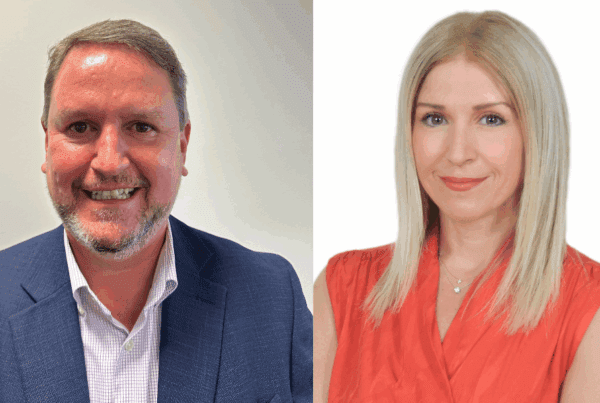With half of UK workers struggling with numbers, it’s time to remove the stigma

“Sometimes we might feel like regulatory change is something that is imposed on us. It can be very hard work and take a great deal of effort and resource. That said, I firmly believe we should see the opportunities that it also brings.”
Speaking with Insurance Business David Lever (pictured), senior customer experience strategy manager at RSA, highlighted how this is exemplified by the introduction of the Financial Conduct Authority’s (FCA) recent Consumer Duty standard, which came into force on July 31 this year.
Key for his team, he said, has been those addressing consumer understanding and support. RSA is also committed to improving the understanding of its communications with customers, including those who may struggle with numbers.
What is the “Plain Numbers” approach?
“Insurance is a numbers business,” Lever said, “and as part of our new Consumer Duty principles, we’ll now be putting numbers at the heart of enhancing our customer communications both through digital and more traditional channels.”
To assist with this, RSA has joined up with Plain Numbers – an organisation that has developed a tried and tested approach to improving consumer understanding. Lever noted that the Plain Numbers Approach was called out by the FCA in Consumer Duty as demonstrating “how seemingly small changes to communications can substantially increase comprehension among consumers.”
“What Plain Numbers do is support organisations such as ourselves in improving the understanding with our customers by the way we communicate our numbers,” he said. “So this could be the level of cover you’ll have and how much it will cost, as well as any claims figures further down the line. It really puts numbers at the centre of customer understanding.
“While I’m lead Plain Numbers Practitioner, we have a growing number of new Practitioners across the business through training and accreditation as part of our partnership. So, Practitioners like myself will be able to recognise communication through any channel where there’s the potential that applying the Plain Numbers approach will improve consumers’ understanding around that offering.”
Applications of the Plain Numbers approach for insurance companies
The applications of this are endless in the context of a financial services business, he said, among them, for example, ensuring that customers understand the critical numbers at the point of renewal. These figures should be presented based on what’s most important to the customer. For example, the cost this year compared to last, whether any difference can then be considered fairly – and what’s driving that difference, whether it’s inflation or a claim on the policy – and what’s the simplest and most cost-effective way for them to pay.
“It’s about looking at the way we present the numbers and presenting them in a way that the customer understands and which allows them to make informed decisions,” he said. “Poor numeracy is a big problem in the UK, causing one in five people to experience ‘maths anxiety’ when forced to deal with numbers. It’s quite difficult to pick up in our customer insight as it’s very much an invisible vulnerability, with people less likely to admit they don’t understand numbers.”
Removing the stigma around numeracy
Statistics show that at least half of the UK working population struggle with numbers in some capacity, Lever said, but when you listen to RSA’s call analytics, the language used by consumers would rarely suggest that struggle. Because of the stigma around numeracy, it’s difficult for customers to admit when they’re facing an issue.
“Research by the FCA back in 2015 suggested that 20 million people in the UK have poor numeracy skills,” he said. “And coming in lower than that you see concerns like mental health issues, physical disability, dementia etc. – all things we see in our customer insight, but we don’t see the problems with numeracy.”
The Plain Numbers Approach doesn’t just improve the numbers, however. What RSA has found, he said, is that when you reshape the way numbers are presented, it better informs policy wordings as well by bringing both parts of the equation together.
“Something else I’m quite excited to be working on going forward is applying the Plain Numbers Approach internally,” he said. “Across all the vulnerable customer work we’ve done, we present our training and seminars etc. to our colleagues with a view to them understanding how customers are going to feel in those situations. But we also bring it back to our staff and how they might be feeling that way as well.
“I think if we can really embed that Plain Numbers way of thinking into our business it could be transformational for us. I’m keen to see where we go from here as one of the fundamentals of Consumer Duty is understanding how customers are interacting with our products and making choices in the real world. And that’s about the numbers.”
What are your thoughts on this story? Feel free to share them in the comment box below.
Related Stories
Keep up with the latest news and events
Join our mailing list, it’s free!

This page requires JavaScript



